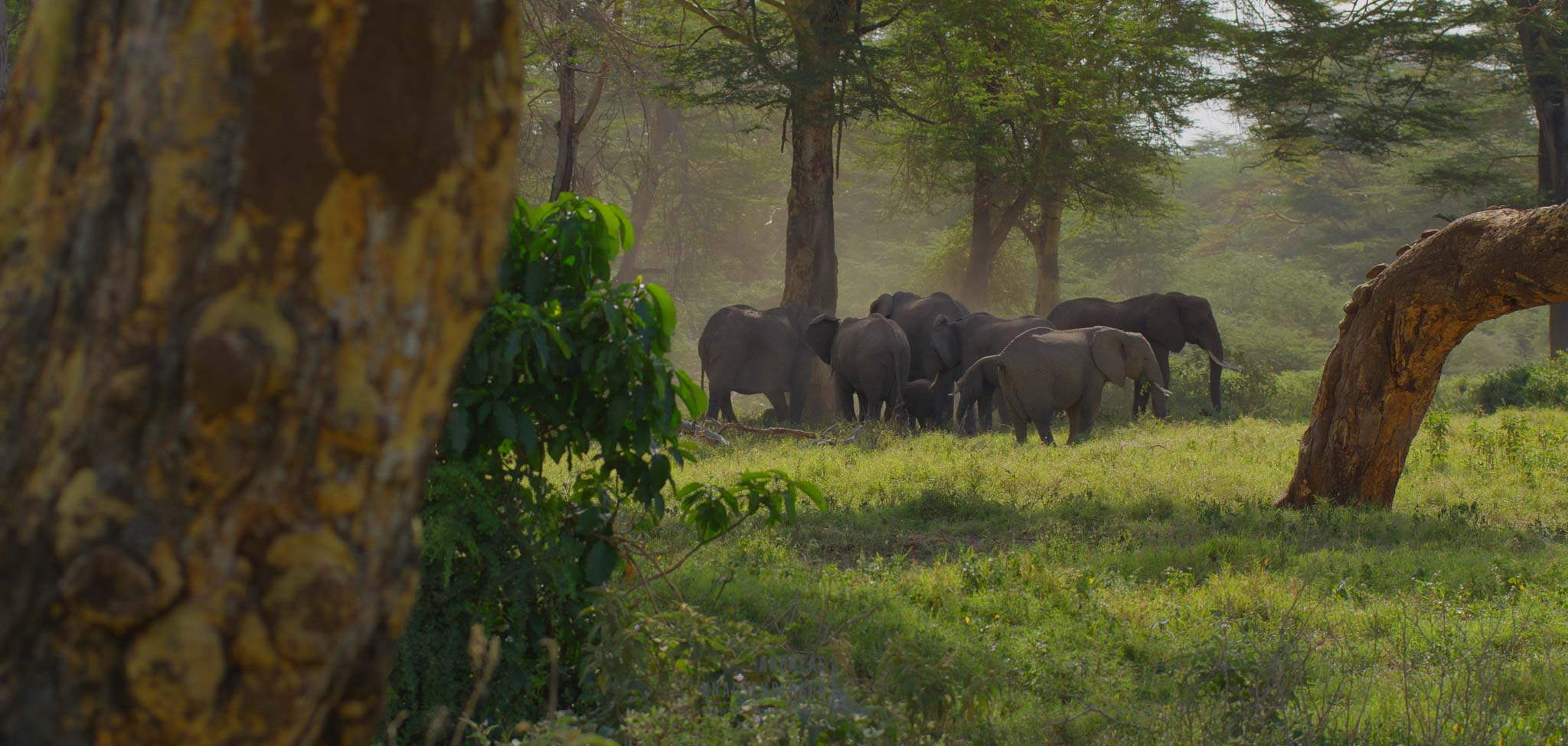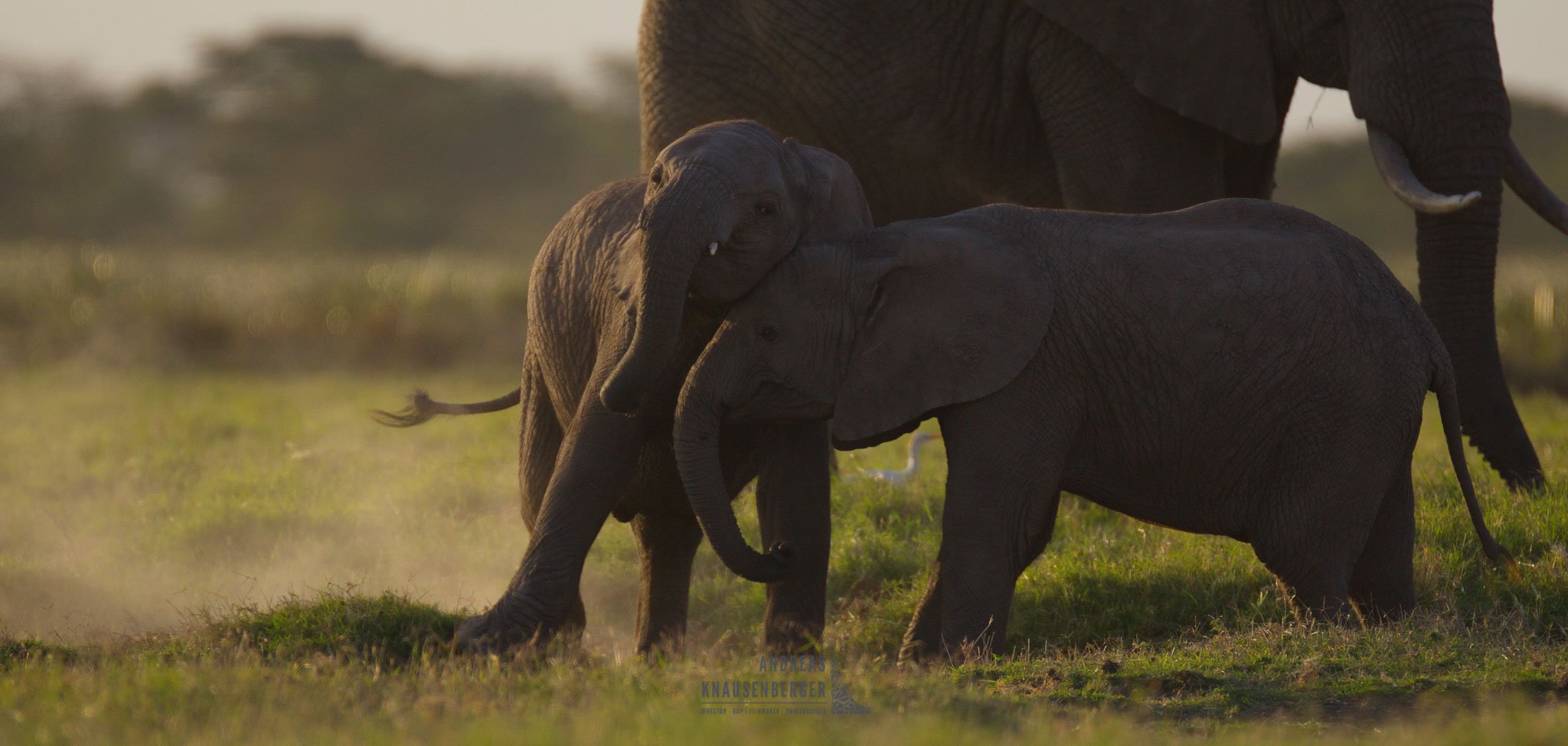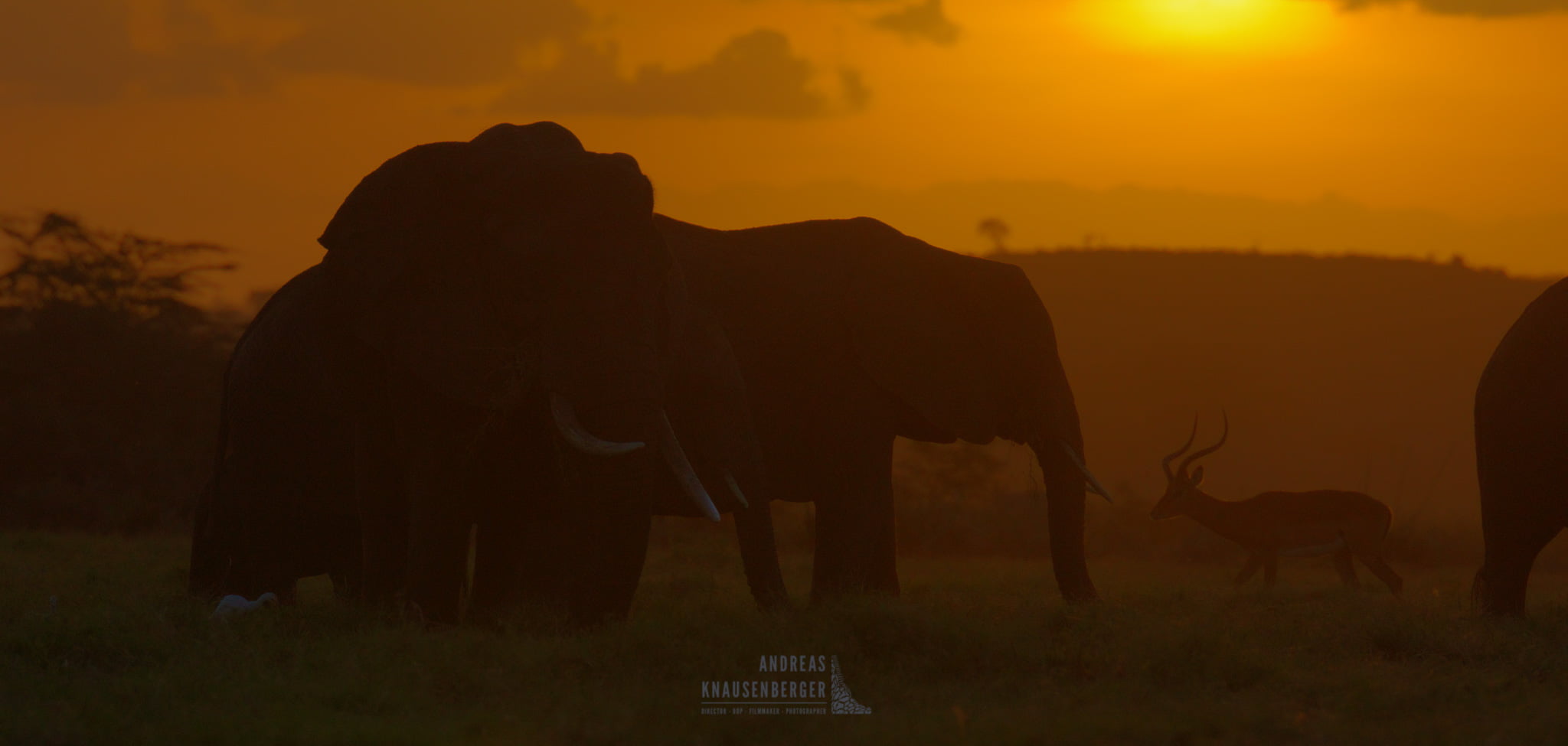
How foreign production houses can benefit from local film crews in Kenya and save a lot of money!
Let’s look into the different parts where foreign production houses can benefit from using local film crews for their Natural History Productions.
Advantages of local film crews in Kenya!
Production costs and environmental impact!
Let’s look into a very important topic. Costs! As every production house seems to have limited budgets these days, what is the actual difference for a natural history production in Kenya? Lets quickly look into some numbers. Based on a four person film crew, shooting in the Masai Mara for 21 days. I have only considered costs which have a significant difference between foreign and local crews.
- Flight costs & kit transportation
- Foreign crew: $6.520,00
- Local crew: $0,00
- Accommodation
- Foreign crew: $26.240,00
- Local crew: $12.180,00
- Permits / Park Fees
- Foreign crew: $17.194,00
- Local crew: $1.260,00
- Kit Permits / Customs
- Foreign crew: $460,00
- Local crew: $0,00
TOTAL DIFFERENCE: $36.977,00
The costs shown above are average costs but show the huge cost difference between foreign and local film crews. Its a staggering $36.977,00 difference for costs which benefit from local talents! This is for one part of a production which normally runs longer than just one month. If you multiply this by all the different shooting locations and over the production period of several years of a big series, you look into a lot of money production houses could save by using local talent and kit.

Fast reaction times!
Insider knowledge!
Another huge advantage of using local talents and film crews is their detailed knowledge of the country itself. Local film crews know exactly what is happening in their country. Many of the behaviour filmed in major blue-chip documentaries have been discovered by people on the ground such as local film crews and talents who have direct access to areas and stories! Due to the lack of funding, most of the ideas are then pitched to overseas production houses. Using local talent and film crews can open up a pool of opportunities and new stories for foreign productions. As long as the local talent and film crews are later on involved in the production progress!
Kit matters!
Everyone knows that “Blue-Chip Natural History Productions” always film with only the best and latest cameras and use only the newest technology to get the shots done. This meant in the past, that all the kit was imported into Kenya for the different film projects, as only a few of these “high-end” cameras where available locally. But things have also changed in the kit department. Right now there are several RED Helium 8k and even the newest RED V-Raptors, RED Komodo X’s and other high-end cameras available in Kenya. There are even CN20s, the “must have” lens for wildlife film making, available with talented DoPs residing in Kenya. High-end sound recording devices like the Aaton Cantar X3 are also available in Kenya. So there is a lot of high-end equipment in Kenya and there is no need of flying kit around the world. This saves not only money, it also lowers the Carbon Footprint of a production!

Summary
Looking at all the points mentioned above, the summary is simple:
Using local talent can save production houses a huge amount of money!
Using local talent will minimize the Carbon Footprint of productions!
Yes, there is high-end equipment available in Kenya!
There are professional film crews in Kenya!
Local film crews know their country in and out!
Benefit from local knowledge, but use the local talent afterwards!
Lets hope that in the future, foreign production houses see the value and benefit of using local film crews. With tight budgets in the Natural History World and with the growing debate about how to be as environmental friendly as possible, there is really only one way forward. Working together and implementing the ideas and promises which have been talked about in many workshops, meetings and film festivals!
